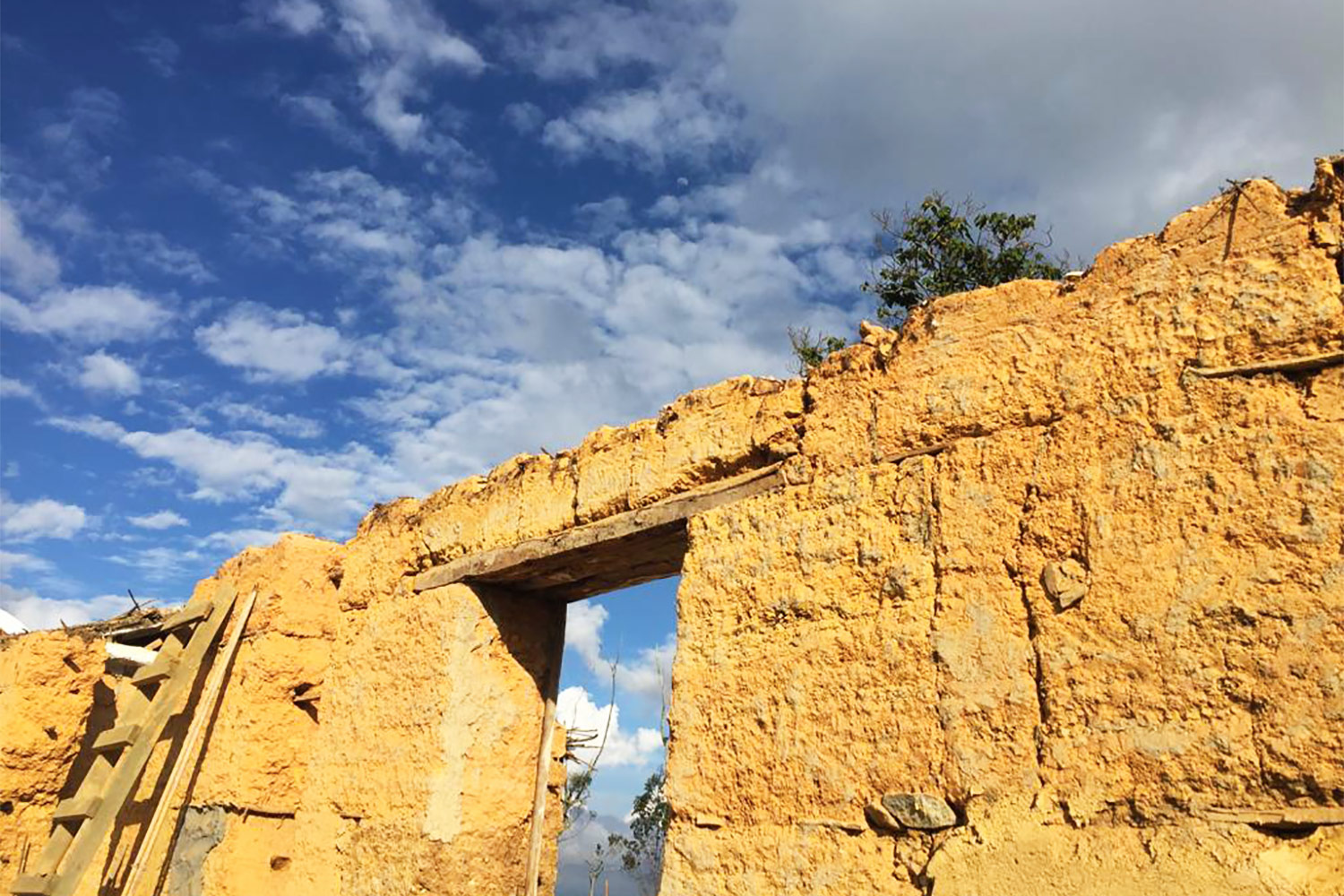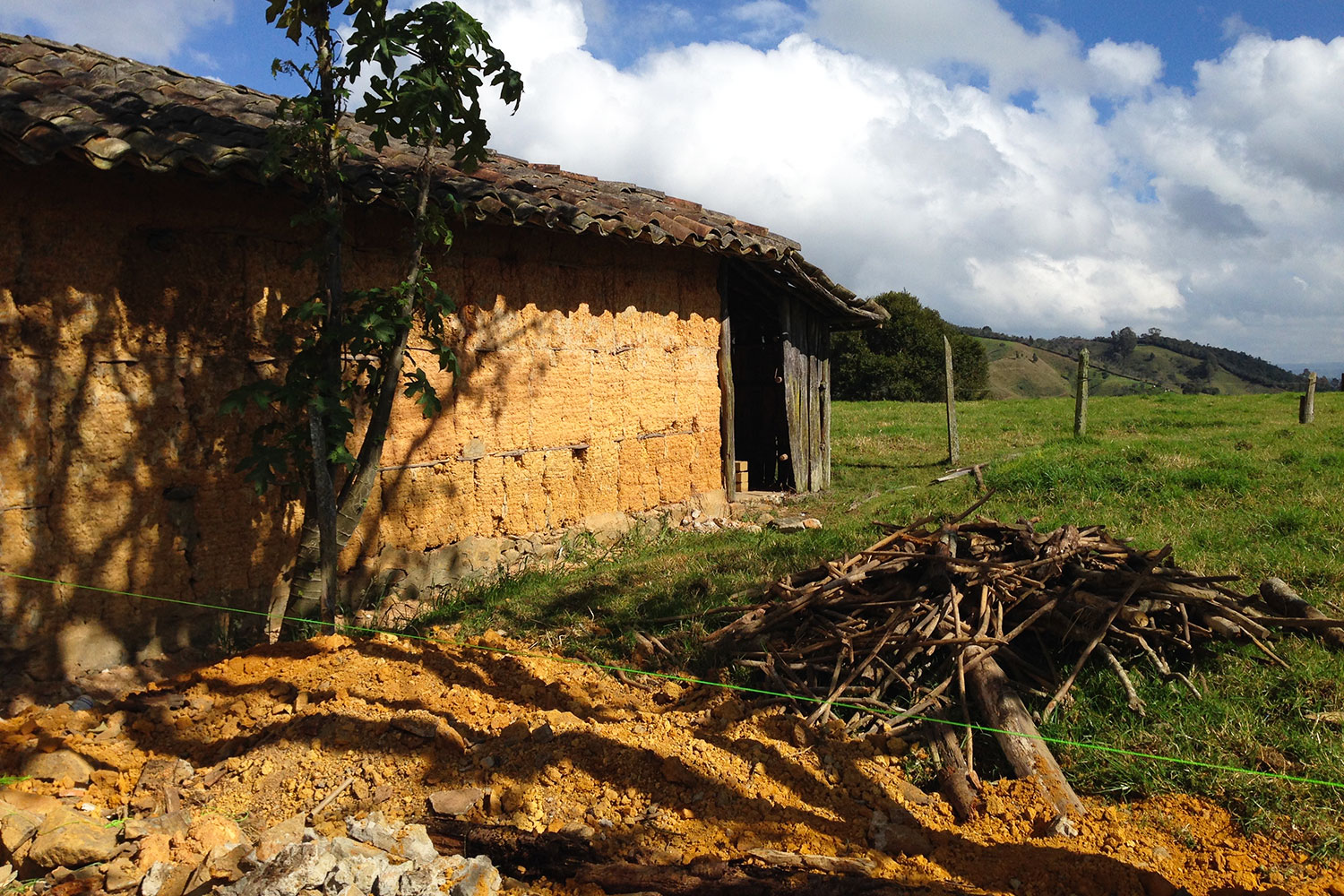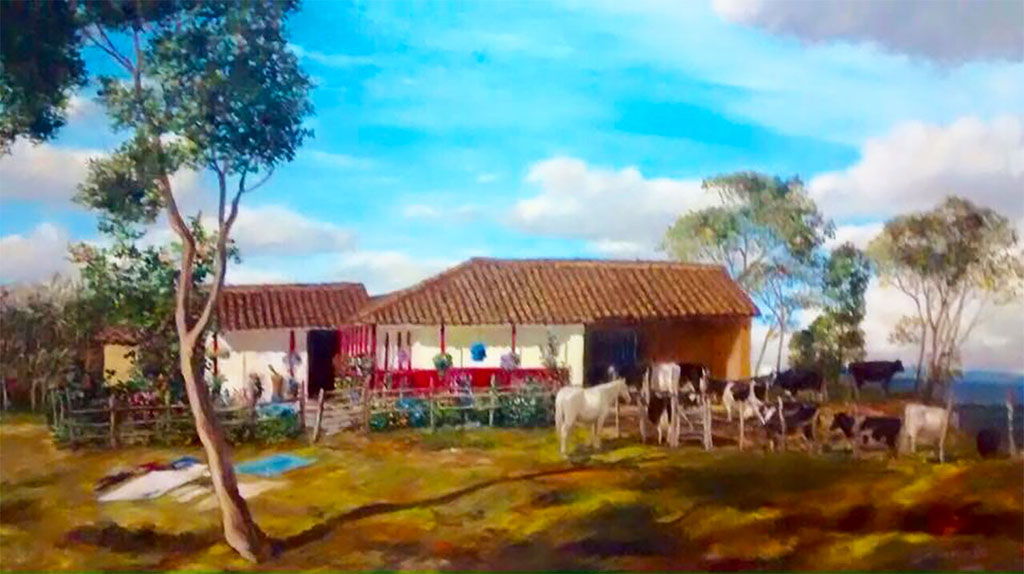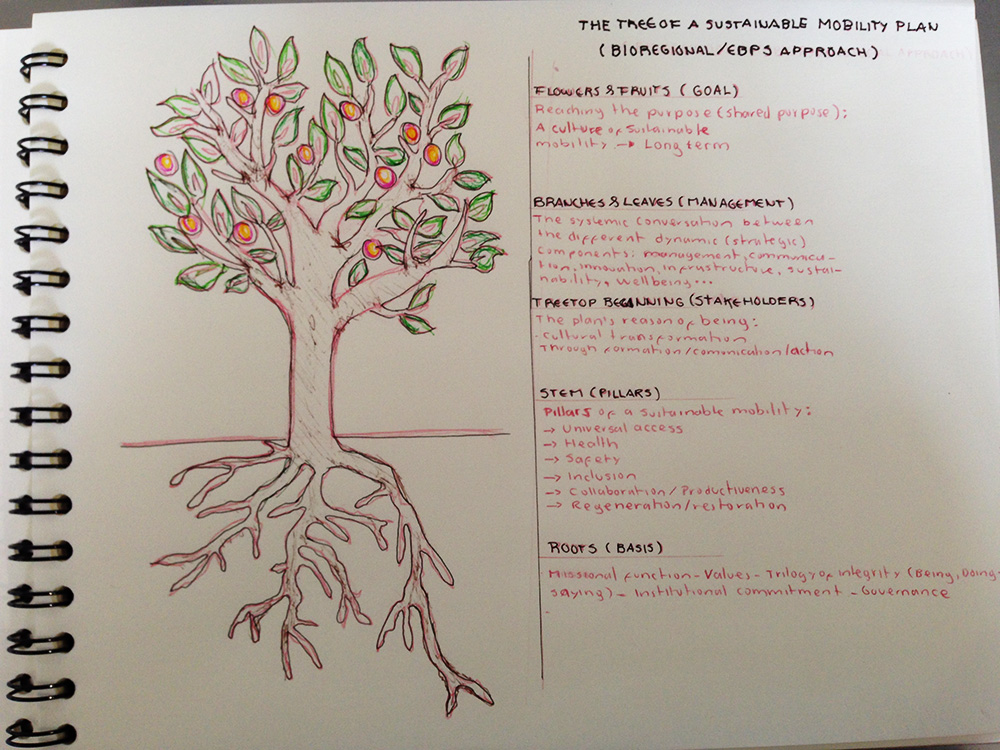Mapping The Ecobiopsychosocial Whole Systems Approach

It’s very meaningful for me to realize how the Bioregional approach fits into the one I’ve been envisaging as whole systems thinker, practitioner and evolutionary activist over the last years: The Ecobiopsychosocial (EBPS) Capital. Alike bioregionalism, the EBPS approach acknowledges territories as living systems determined both by geographical and cognitive terrains as Berg and Dasman have suggested (Gaia Education, 2018).
It means the EBPS similarly entails –as its denomination obviously shows– the recognition of the Ecological/Biological/Psychological/and Social circumstances whereby every Gaia’s living system is brought into being. A crew of bacteria, plants, dolphins, chimpanzees and other species like us, as well as other living systems such as a herd of wolves, coral reef, tundra, jungle, human families/communities, business organizations and so on, inform ecobiopsychosocial patterns. That’s why I argue the EBPS Capital is a non-dualistic/non-anthropocentric model for shaping the truly wealth conditions that embrace the entire planetary living systems in order to reach a regenerative human presence on Earth. After absorbing the subjects on Bioregionalism I certainly can assert it’s one of the cornerstones to keep fleshing out The EBPS whole systems approach.
Then, I want to concisely expose some connections between both approximations concerning what I dug out herein. According to Kirkpatrick Sale (Gaia Education, 2018) on the concept of ‘re-inhabitation’, it’s relevant “to learn about the ecological, social and cultural uniqueness of our place and safeguard and restore its diversity wherever we can” for lifting up resilience in a bioregion. Likewise, the EBPS approach was essentially traced for bringing consciousness into business organizations (make them reflexive, conversational and interdependent) by dint of active work from the inside out of them, aiming to achieve wellbeing all over the ecosystems they occupy and thus thriving its resilience. Additionally, whilst bioregionalism provides a pragmatic holistic management sustained in human, cultural and environmental qualities (Gaia Education, 2018), the EBPS also requires a harmonic whole systems managing –lead by evolutionary leaders– in recognizing the way such attributes ‘Inter-are’. As stated by Thomashow (Gaia Education, 2018), bioregionalism appears as a response to the reductionist dynamic of global political economy which, inter alia, has fed the mindset of separateness between territories. Hence it “seeks to integrate ecological and cultural affiliations within the framework of a place-based sensibility, derived from landscape, ecosystem, watershed, indigenous culture, local community knowledge, environmental history, climate and geography.” That is, as Thomashow points out, bioregionalism pursues the evolution not only of material boundaries but of perceptive boundaries as well. In connection to this, the EBPS equally highlights an ‘ecology of mind’ to foster an ecological democracy which precisely helps to intertwine these holistic associations.
At this point, being consequent with my arguments, I’m going to briefly convey how I’ve put into practice the bioregional approach, and therefore the EBPS, on two major present enterprises:
Implementing the Bioregional Day-to-Day Life Approach in La Colmenera, San Pedro de los Milagros, Antioquia – Colombia

I’ve mentioned across the entire GEDS program one of the reasons I’m enrolled in Gaia Education is due to an ecological, or today I’d say bioregional/ecobiopsychosocial endeavor (nowadays in progress) in a rural zone of the Antioquia’s (Colombia) Northern municipality called San Pedro de los Milagros. This region inhabited thousands of years before by native indigenous cultures (mainly Nutabes) has a wide history of extractive practices since long time ago. At first, they were the mining practices from the colony times up to recently (was fiercely exploited by the Spaniards and thenceforth…) and currently is one of the hubs from cattle production not only in Antioquia but in Colombia. As a result, is clear as crystal San Pedro’s ecosystems, flora and wildlife have been highly decimated by such extractive practices long ago. So my partner (Claudia) and I already started a permaculture design project (designing with nature and learning ‘lecturaleza’) in one of those lands (Vereda El Rano – Finca La Colmenera), a terrain that has been exploited by dairy farming. Firstly, we’re restoring/building a rammed earth house (ecologically sustainable home) with more than 100 years (1*) as the project’s core zone. Then, one of the main undertakings is facilitating the blossoming of native forest to reinforce ecological trails. Afterwards, as I already said, we are envisioning an ecovillage to fostering both collaborative efforts and ecological research. Both the bioregional and EBPS approaches merge into one for reaching this purpose by which we’re aspiring to develop a local system, reducing the breadth of our human impact, ‘becoming indigenous’, and trying to localize as much ecological (ecoliteracy), economic ( a generative one) and participatory (ecological democracy) activities as possible across this bioregion (2*).
Portrays from a bioregional/EBPS project in Colombia/Antioquia/San Pedro de los Milagros/Vereda El Rano/Finca La Colmenera:








Jscinteractivo’s Consultancy as Institutional Bioregional Approach
In terms of applying the bioregional approach institutionally, next I’m going to address a project I facilitated in search of cultivating a culture of sustainable mobility not only for the sake of a human organisation but the entire urban bioregion it dwells on. Over the last years this institution has been focused in enhancing its sustainable approach. So it has decided interweaving its dynamics (strategies) with the Sustainable Development Goals (SDGs) among others responsibilities to further that purpose.
As we know, a normal disorder of ecobiopsychosocial living systems, such as cities, has to do with an unhealthy mobility and therefore with pollution. In short, that issue informs the dominant socio-economic model which interprets the city as a machine-like object, i.e., as a means of production and consumption that does not bear in mind the species and ecosystems cohabiting with them.
At the time this organisation got in touch with Jscinteractivo, they just wanted to urge a communication plan for promoting the use of alternative ways of transportation to travel to the company in addition to particular automobile. However, after listening to the initial conversations, instead of just a communicational aspect, Jscinteractivo recommended a systemic organisational development process towards a sustainable mobility. At first, an interdisciplinary group of working constituted by leaders from different areas with direct agency on the organization’s mobility was gathered in order to encourage an open conversation/communication in this regard. Thus, Jscinteractivo entrenched a collective intelligence to attempt accurate actions over such issue. Consequently, by means of this collective dialog, it was settled a diagnosis to overlap the assumptions that came up from the institutional crew with the overall community. Further than a survey it mostly involved both deep listening, observation and conversation.

So the outcomes on the Institution mobility’s ‘perception and reality’ allowed to determine what earlier had been inferred: the unsustainable mobility is a cultural problem. In this way, the central recommendation was foreseeing an integral sustainable mobility planning which pointed out towards a necessary cultural evolution not only for the wellbeing of this human organisation but the entire territory. This is when came up a Sustainable Mobility Organisational Plan, which by no means is a ‘transportation plan’ but a change management ecobiopsychosocial effort that emerged through a collective conversation. In being a cultural transformation it is nurtured by an educational approach aiming for the long run (2030), that cannot be reached in isolation (interdependent goal between government and the overall entities). Indeed, such intention is linked to the commitment with the SDGs achievement established on the 2030 UN Global Compact Agenda.
Thereby, all the steps for encompassing an institutional bioregional approach can be scoped out through the facilitation process that Jscinteractivo has been fostering in this human living system.
So that, I think it’s time to interlink or advance the bioregional approach towards the EBPS one. I shall keep consciously working on this approximation –which is by no means mine but a Creative Power of the Universe (CPU)’s expression– with commitment, knowledge, patient and love. Having quite clear I cannot take on this purpose in isolation. Hence, once again, I want to encourage to the organisational ecologists, systems thinkers, cultural creatives, evolutionary leaders and activists all over the world to reciprocally join these kind of endeavors.
(1*) In fact, the house was built by miners. By that time, it was dubbed ‘La Dolores’. Then it was acquired by my partner’s grandparents roughly 70 years ago (they were countryside people that lived from soil and cattle). Since then it was named ‘La Colmenera’. Being coherent with our project expectations, we have obviously decided to preserve the original materials of its building: rammed earth, wood from the zone, among others that shall allow us to restore a ‘living household’.
(2*) In his book Reflections on Evolutionary Activism Tom Atlee promotes the developing of local systems as a part ethic (See Chapter Twenty, Caring and systemic awareness: Does compassion itself need to evolve?) for being responsible and compassionate supporters of caring the whole instead of the parts (“Being a responsible part of the system”).
Author: Juan Sebastián Cárdenas Salas (December 4, 2018)
From the serie: Reflections Around Gaia Education
Follow ‘La Colmenera’ Permaculture on Instagram
Resources of support
Social Dimension – Module’s 5 Handbook general contents and references (Gaia Education, 2018)
Images by Juan Sebastián Cárdenas Salas (Colombia – Antioquia – San Pedro de los Milagros – Vereda el Rano – Finca La Colmenera)

